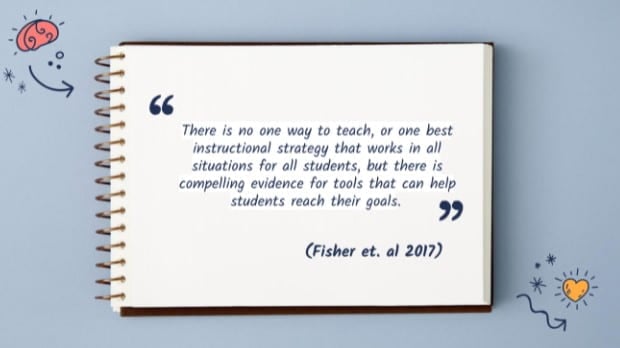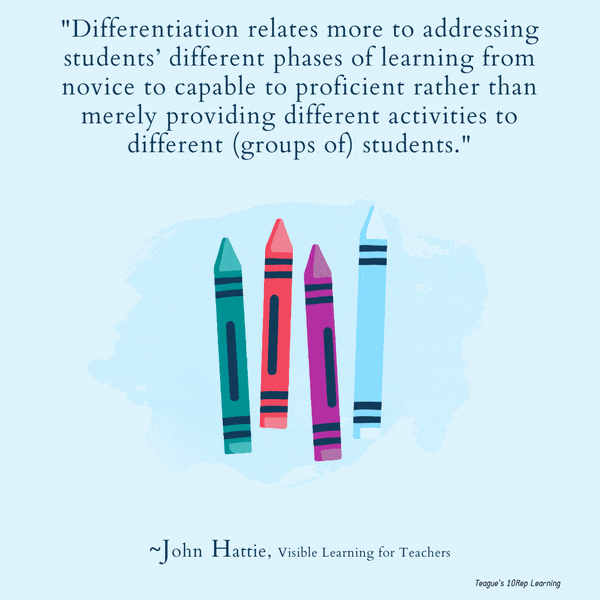Category: Innovators, Instructional Design, New Media, Post Feed
Tags: B.W. Newlove, Barbara W. Tuchman, Diffusion of Innovations, Everett Rogers, G.E. Hall, Helen Teague, John Hattie, Levels of the use of innovation, S.F. Loucks, The distance learning playbook, Visible Learning, W. L. Rutherford
For my graduate students….
The innovative work of John Hattie first in Visible Learning and next in The distance learning playbook, grades K-12: Teaching for engagement and impact in any setting, is the quantifying of instructional practices, especially involving a technological affordance.
The scope of the work of quantifying innovative instructional practices seemed stalled in the 1960’s -1970’s. In 1962, Dr. Everett Rogers published a groundbreaking book, Diffusion of Innovation, which addressed how ideas are transmitted through communication channels. Now in its fifth reprinting, Diffusion of Innovation is often linked with technological innovations and advances. During the 1970’s the work of Hall, Loucks, Rutherford, and Newlove produced a framework called “Levels of Use of the Innovation: A Framework for Analyzing Innovation Adoption,” addressed innovative processes.
But the Hattie team’s work guides educators (and all who instruct) in a quantitative pathway for the use of best practices. This is one of the many reasons, why I gently guide (i.e. push) for all of us to read and include the course textbook, which, as you will note is in its first edition.
Glad to learn along with you all and have the opportunity to provide an informal timeline!
References
Fisher, D., Frey, N., and Hattie, J. (2020). The distance learning playbook, grades K-12: Teaching for engagement and impact in any setting (1st ed.). Corwin. ISBN-13: 9781071828922
Hall, G. E., Loucks, S. F., Rutherford, W. L., & Newlove, B. W. (1975). Levels of use of the innovation: A framework for analyzing innovation adoption. Journal of teacher education, 26(1), 52-56. http://citeseerx.ist.psu.edu/viewdoc/download?doi=10.1.1.869.5531&rep=rep1&type=pdf
Hattie, J. (2012). Visible learning for teachers: Maximizing impact on learning. Routledge.
Rogers, E. M. (1962). Diffusion of Innovation. Macmillan Publishing







